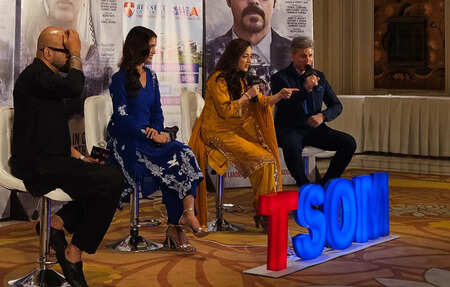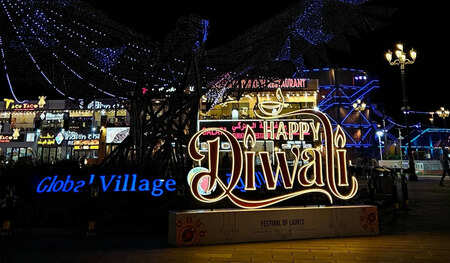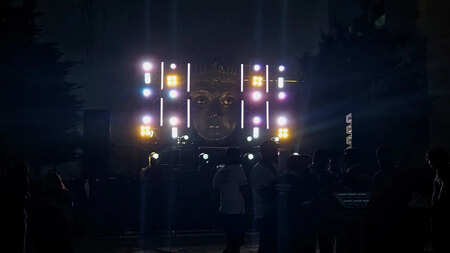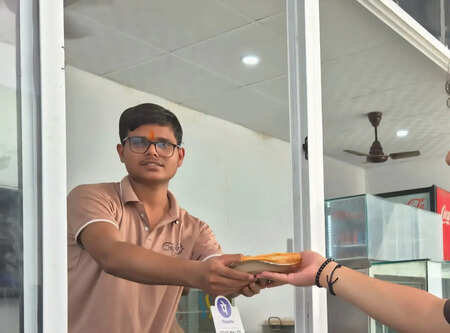Every sight, every sound in Jewar screams elections
Times of Bennett | Updated: Apr 22, 2019 22:07
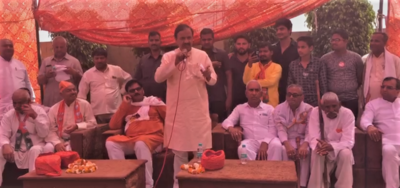
By Karan Beniwal
The election atmosphere in rural
Hundreds of party workers, dressed in starched white kurtas, punch the air with closed fists as they all shout: Jai Hind! Villagers, mostly the men folk stand outside the lanes to watch this spectacle, while women stand behind doors, or on rooftops with their stoles pulled over their heads. Children jump up and down with excitement as the voices of village elders blare from speakers and cold drinks are poured into plastic cups.
No words are minced, senior village members take turns to voice the concerns of the villagers before party candidates. They ask for ‘gau shalas’ and nurses and doctors.
Every sight, every sound screams: election time. For the first time ever, as a student of journalism from
Apart from listening to the passionate speeches and relishing the hospitable environment of the villagers, our objective of attending the rally as students was to understand the influence of social media on the first-time voters of the rural areas, along with getting a general sense of how political parties rally. Primarily, there were three findings that stood out.
1.The first one being the absence of women present at the rally. Understanding from the locals, they agreed in unison over the reason, proclaiming their wives and sisters are back home, maintaining the household. Yet when asked if those women and sisters go out and vote, all the husbands and brothers were quick to concur.
2.This led me to understand another facet of the village: the prevalence of the patriarchal family structure, even extending to their family’s choice of political candidates. The young boys who had come to show their support would tell me that they had come because their father thought that they (the constituent leaders) are the men to vote for. And that their family must vote for them to get Modi back as our pradhan mantri.
3.This brought me to my final observation of the shifting style of elections in India. This trend, to my understanding, began with the sweeping victory of the BJP. During the 2014 general elections, the BJP shifted its strategy on promoting the ‘Modi figure’, establishing him as a brand. This has continued into the 2019 fight. On a much local level, this problem has made people vote for candidates they aren’t satisfied with, just in the name of getting their preferred party leader on top.
The battle currently is in full swing, with both sides trying new tips and tricks to get the votes into their khatas. But to know what the first-time rural voter wants, we will have to wait patiently for May 23.



